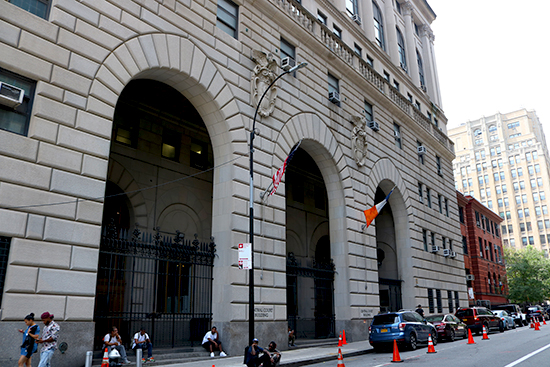Half of Bail Reform Release Program Participants Rearrested

 This article was originally published on by THE CITY.
This article was originally published on by THE CITY.
City Hall expanded supervised release to create an alternative to Rikers Island and ensure defendants show up for trial. The number being rearrested far exceeds projections.
High-flight-risk criminal defendants are being rearrested on felony charges at a much higher rate than city officials projected after being freed without bail under an alternative-to-jail program, newly released state stats show.

Brooklyn Boro
View MoreNew York City’s most populous borough, Brooklyn, is home to nearly 2.6 million residents. If Brooklyn were an independent city it would be the fourth largest city in the United States. While Brooklyn has become the epitome of ‘cool and hip’ in recent years, for those that were born here, raised families here and improved communities over the years, Brooklyn has never been ‘uncool’.